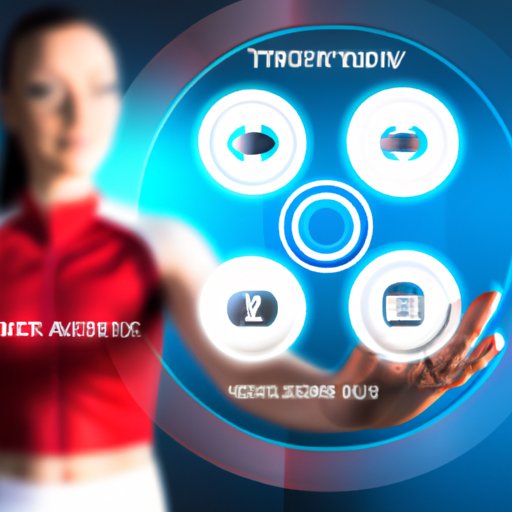Introduction
Wellness is the state of being in optimal physical, mental, and emotional health. It is essential to maintain this balance in order to lead a fulfilling life. In recent years, the development of technology has had a significant impact on our ability to achieve and maintain wellness. From providing access to healthcare services to improving communication between patients and doctors, technology has enabled us to take a proactive approach to our own health.
Increased Access to Healthcare Information and Services
The internet has revolutionized the way we access healthcare information and services. Now, with just a few clicks, we can research medical conditions, treatments, and even find local doctors. According to a study by Pew Research Center, 81% of American adults use the internet to search for health information. This has given people more control over their healthcare decisions and allowed them to make informed choices.
In addition, telemedicine has made it possible to access remote healthcare services from the comfort of your home. With the help of video conferencing, patients can consult with doctors virtually. This not only saves time, but also eliminates the need for travel. Furthermore, there are now numerous health apps available that allow users to track their progress towards specific health goals.
Improved Communication Between Patients and Doctors
The use of electronic health records (EHRs) has greatly improved the communication between patients and doctors. These digital records store all relevant patient data in one place, making it easier for healthcare providers to access and share information. This helps streamline the process of diagnosis and treatment, leading to better outcomes for patients.
Video conferencing has also made it easier for patients to consult with doctors remotely. This technology allows patients to discuss their symptoms and receive advice without having to leave their homes. Furthermore, instant messaging has become a popular way to communicate quickly and easily with doctors.
Reduced Hospital Wait Times and Improved Patient Outcomes
The use of artificial intelligence (AI) and robotics has helped reduce hospital wait times and improve patient outcomes. AI-powered systems are now capable of diagnosing and treating illnesses with greater accuracy than ever before. Additionally, robotics have been used in surgical procedures to reduce complications and recovery times.
Predictive analytics have also played an important role in improving patient outcomes. By analyzing data from past cases, these systems can anticipate and prevent potential health risks. This helps healthcare providers to identify warning signs early and take the necessary measures to prevent serious complications.

Use of Virtual Reality to Treat Physical and Mental Health Issues
Virtual reality (VR) has been used to treat a variety of physical and mental health issues. For example, VR has been used to treat post-traumatic stress disorder (PTSD), phobias, and other mental health disorders. It has also been used to provide immersive therapy and pain management.
Furthermore, VR can be used to simulate real-life situations and environments. This helps patients confront their fears in a safe, controlled environment and learn to cope with them. VR has also been used to help people with physical disabilities regain mobility and coordination.

Automation of Medical Devices and Procedures
Robots have been used to perform routine medical tasks such as drawing blood and administering medications. 3D printing has also been used to create prosthetic limbs and organs, which has greatly improved the quality of life for many people. In addition, AI has been used to automate the diagnosis and treatment process, making it faster and more accurate.

Enhanced Fitness Tracking Technology to Monitor Physical Health
Wearable devices such as smartwatches and activity trackers have made it easier to monitor physical health. These devices can track heart rate, steps taken, and calories burned, giving users valuable insight into their health. GPS has also been used to track progress during outdoor activities such as running and cycling. Furthermore, machine learning algorithms have been used to develop personalized fitness plans for individuals.
Conclusion
Technology has played an integral role in improving our overall wellness. From providing access to healthcare information and services to automating medical devices and procedures, technology has enabled us to take a proactive approach to our health. It has also made it easier to monitor physical health, allowing us to make lifestyle changes that will benefit our long-term health. As technology continues to advance, we can look forward to new opportunities to improve our wellness.
(Note: Is this article not meeting your expectations? Do you have knowledge or insights to share? Unlock new opportunities and expand your reach by joining our authors team. Click Registration to join us and share your expertise with our readers.)
